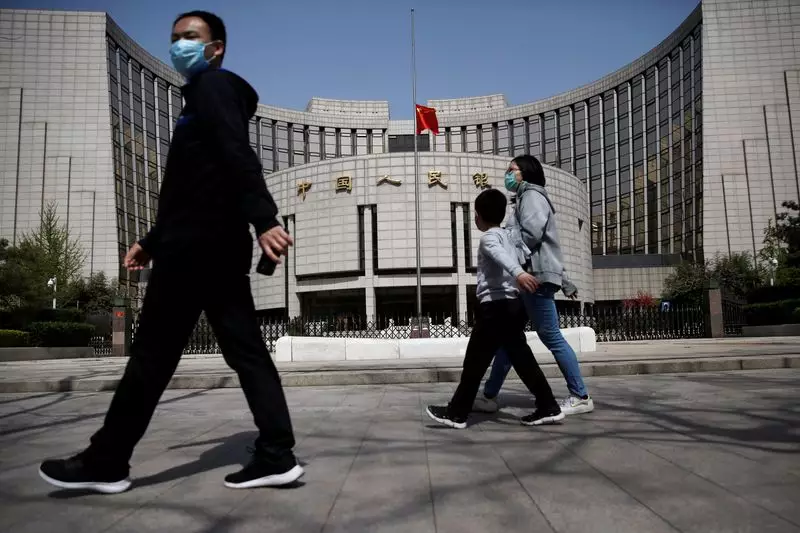China recently announced cuts to both short and long-term interest rates in an effort to support economic growth. The move came shortly after the release of a policy document outlining the country’s economic ambitions. This decision has sparked discussions among experts on the implications and motivations behind the rate cuts.
Ben Bennett, Head of Investment Strategy for Asia at LGIM, expressed surprise at the rate cuts, especially considering the previous guidance of increasing bond yields. This move, following the third plenum, may signal a shift towards pro-growth policies. Gary Ng, Asia-Pacific Senior Economist at Natixis, highlighted the weak Q2 GDP data in China and the need for lower interest rates to stimulate the economy in a disinflationary environment. The emphasis on real rates and fundamental factors suggests urgency from Chinese authorities to boost economic growth.
Timing and Policy Implications
Tommy Xie, Head of Greater China Research at OCBC, noted that the rate cuts align with market expectations, but the timing was unexpected. He emphasized the need for further monetary policy support following the third plenum, which stressed economic reform. The short-term timeframe for completing reforms indicates the urgency to foster a high-standard socialist market economy. Kiyong Seong, Lead Asia Macro Strategist at Societe Generale, anticipated a bond market rally due to the rate cuts, despite the PBOC’s intention to avoid resurrecting monetary easing expectations. The shift in collateral requirements for medium-term lending facilities reflects a strategic move to influence long-dated bond selling.
Ju Wang, Head of Greater China FX & Rates Strategy at BNP Paribas, highlighted the alignment of pro-growth policies with the Plenum’s goals of achieving annual GDP targets. The potential for a Fed rate cut creates room for the PBOC to implement supportive measures. Lynn Song, Chief China Economist at ING, acknowledged the timing of the rate cut as a signal of future policy rates. The decision, driven by weak economic data, was delayed to maintain currency stability in response to a strong dollar trend. The recent softening of the dollar may have provided an opportunity for the PBOC to ease monetary policy.
China’s recent interest rate cuts reflect a strategic shift towards pro-growth policies in response to economic challenges. The timing, market reactions, and analyst insights shed light on the motivations behind these decisions and the potential implications for the Chinese economy. As global economic conditions evolve, it remains essential for Chinese authorities to navigate policy adjustments carefully to achieve sustainable growth in the long term.

